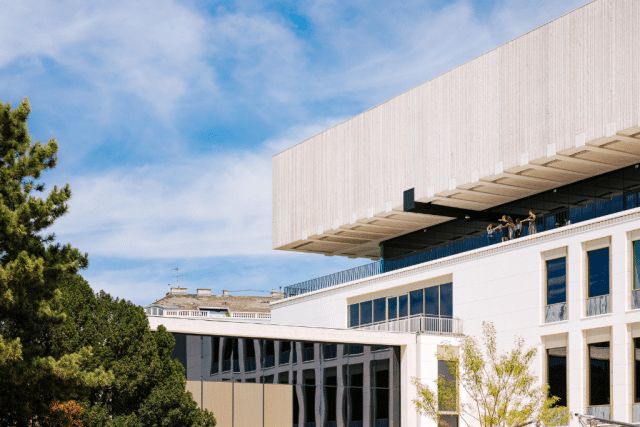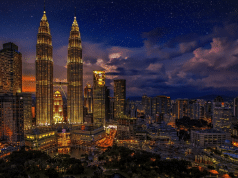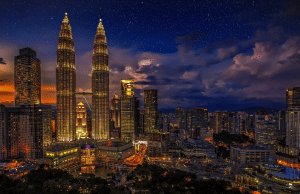Cultural tourism is sustainable tourism
Vienna’s cultural institutions show how to put sustainability into practice: 17 museums have already been certified with the Austrian Ecolabel and that number is growing all the time. The Kunst Haus Wien, the Wien Museum, the Prater Museum and the Mumok will be or were recently reopened as Viennese museums in which environmental aspects play a major part.
Three-quarters of all visitors to Vienna say they come to the city for its unique cultural offerings and attractions. Culture and sustainability go hand in hand since cultural tourism is considered to be a low-impact form of tourism that is also particularly sustainable in economic and social terms. Culture enthusiasts engage with the destination in an appreciative manner, use the same infrastructure as residents and are considered a target group with high spending power that brings added value to the destination. Tourism plays an important role in preserving Vienna’s diverse museum landscape that has evolved over time and its art treasures for future generations. Vienna’s museum landscape is also constantly setting new standards in environmental terms.
The Austrian Eco-Label, an independent national quality seal for sustainability, has been recognizing environmentally friendly products and businesses since 1990, and museums and exhibition venues since 2018. More and more Viennese museums are committing themselves to working in a resource-efficient and environmentally friendly way and can therefore offer green cultural experiences. There are now 17 Viennese institutions that have undertaken to comply with a comprehensive catalogue of criteria and have already been certified with the Austrian Eco-Label.
Reopening of the pioneer
The Kunst Haus Wien in the Weißgerberviertel in the 3rd district is famous for its colorful mosaics and uneven surfaces but is also a prime example of sustainability. In 2018, it became the first museum to be awarded the Austrian Eco-Label. Incidentally, its logo was designed by Friedensreich Hundertwasser (1928-2000). He was a Viennese eco-pioneer whose philosophies inspired the opening of the Kunst Haus in the former Thonet furniture factory in 1991. After an eight-month closure, the museum reopened at the end of February 2024. The extensive renovation project was all about sustainability: the museum now runs on hydrothermal energy and its energy efficiency has been improved by 75%. Aspects such as fire protection, electrical systems, security and sanitary facilities were modernized. The foyer, café and store were also renovated and the Hundertwasser permanent exhibition was completely redesigned at the same time.
A special highlight on the theme of sustainability will be presented at the reopening: the Kunst Haus will be the festival headquarters of the new Klima Biennale Wien (Vienna Climate Biennale) from April 5 to July 14, 2024. Over the course of exactly 100 days, 60 participating institutions will be addressing issues relating to the climate crisis and attempting to reconcile art and the environment. In the Kunst Haus, the “Into the Woods” group exhibition over two floors focuses on the themes of forest and jungle. The Nordwestbahnhof urban development area near Augarten will become a festival site attracting visitors with art and culinary delights.
Learn more about the museum at: www.kunsthauswien.com.
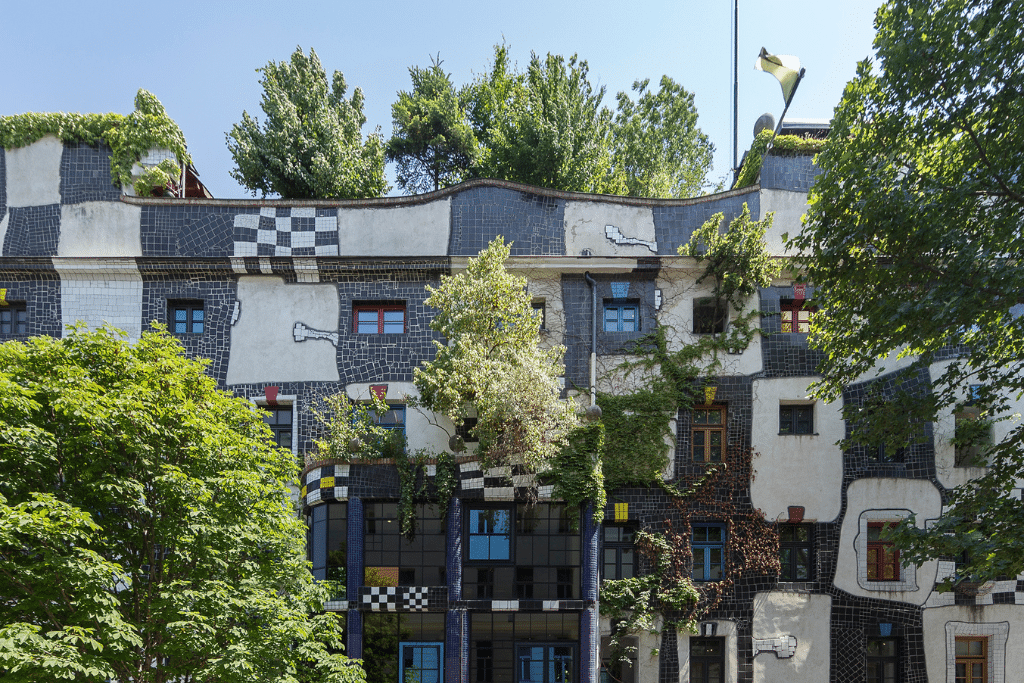
A green crowd puller
Vienna’s most high-profile museum reopening in recent years is attracting visitors in droves: since the end of December 2023, an average of 15,000 people a week have been drawn to the thoroughly renovated and expanded Wien Museum on Karlsplatz. The museum, which documents and relates the history of the city, was refurbished to the latest standards during an almost four-year closure period. Numerous measures ensure that the museum is run sustainably: heating and air conditioning using geothermal energy, a solar panel installation on the roof and the use of SageGlass, which darkens automatically. There is also what is referred to as a climate corridor in the area containing the permanent exhibition with defined limit values, which results in enormous energy savings. Unsurprisingly, the museum and the in-house event location were awarded the Austrian Eco-Label just in time for the opening.
Learn more at: www.wienmuseum.at.
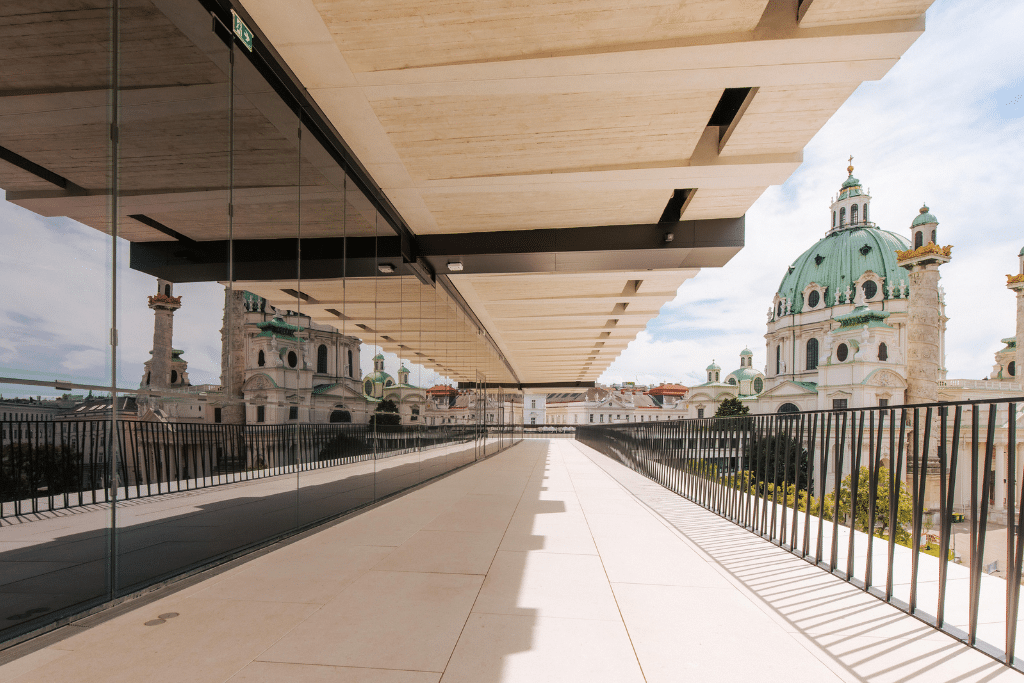
A return to the heart of the action
The Vienna Prater is also celebrating a re-opening: the Prater Museum, a branch of the Wien Museum, will open at a new location on March 15, 2024. After being housed for decades in a side wing of the planetarium, off the beaten track, the museum is moving into the heart of the Wurstelprater. A new three-story building provides twice as much space for the myriad curious objects that tell the story of the amusement park’s 250-year history. Sustainability played a leading role in the planning of the museum. The museum is housed in one of Vienna’s first public timber buildings and uses photovoltaics, a heat pump and climate panels. What’s more, the ground floor is accessible free of charge from two sides and has a function area. Guests are greeted by a huge painted hidden object picture depicting 600 Viennese residents and their stories.
Learn more at www.wienmuseum.at/pratermuseum.
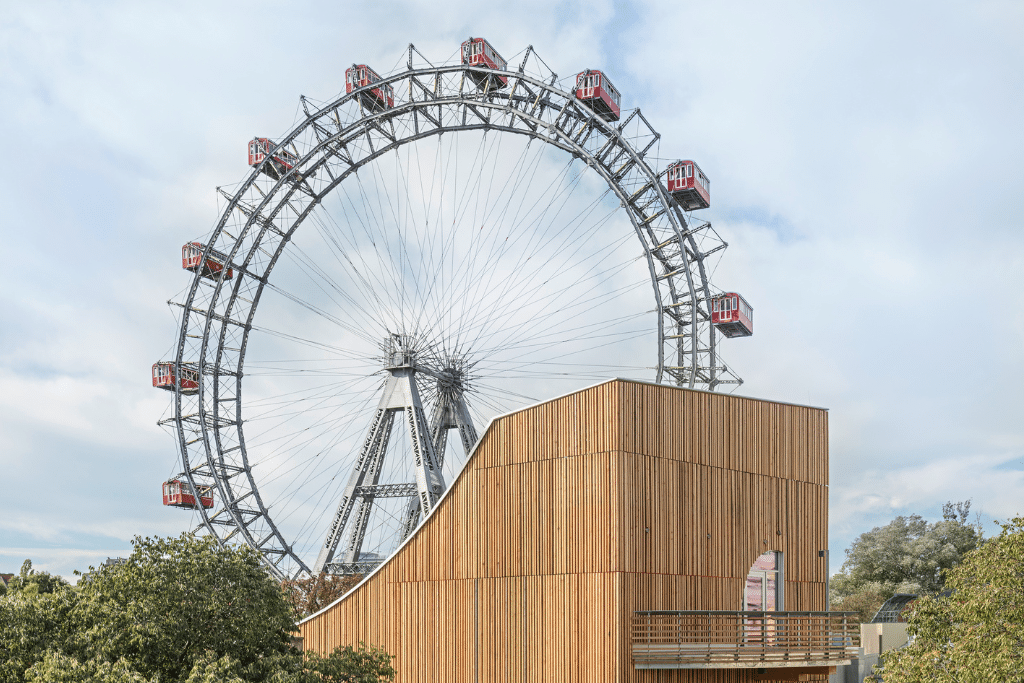
Laying the foundations for the future
Renovation work is currently being carried out at the mumok – Museum of Modern Art Ludwig Foundation Vienna and is expected to continue until the beginning of June 2024. Opened in 2001 in Vienna’s MuseumsQuartier, the largest museum of modern and contemporary art in Central Europe is undergoing an extensive facelift: the ventilation system, floors and walls in all the exhibition areas are being replaced, the fire protection system modernized and the sanitary facilities refurbished. The mumok, which was awarded the Austrian Eco-Label in 2022, is continuing along its chosen path when it comes to sustainability: the renovations will further reduce energy consumption significantly and save a total of 80 tons of drinking water per year. During the closure, the mumok is organizing an extensive program of alternative activities, including a digitized collection, visits to artists’ studios and much more.
Find out more at: www.mumok.at.


